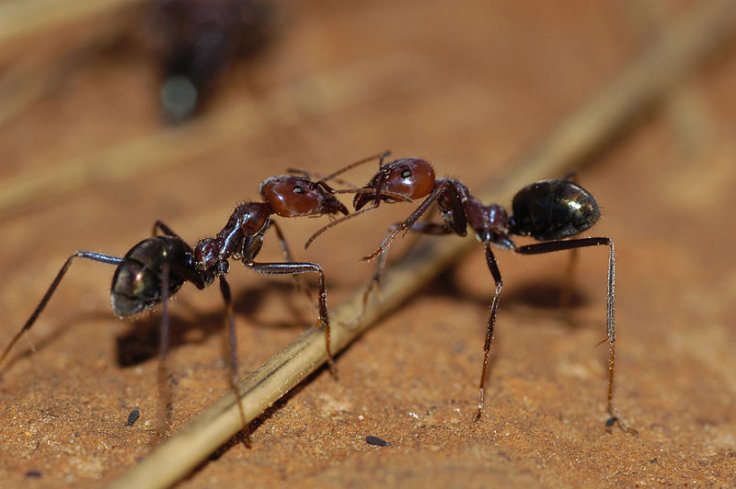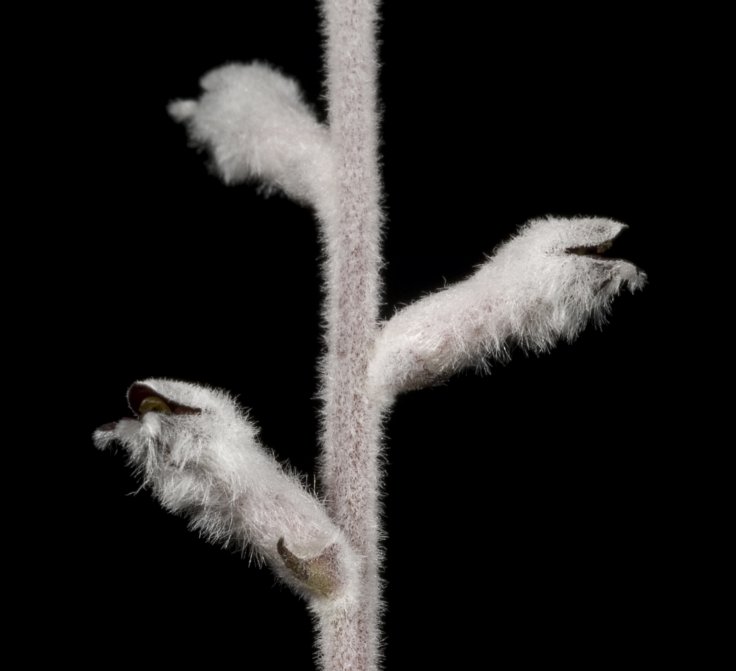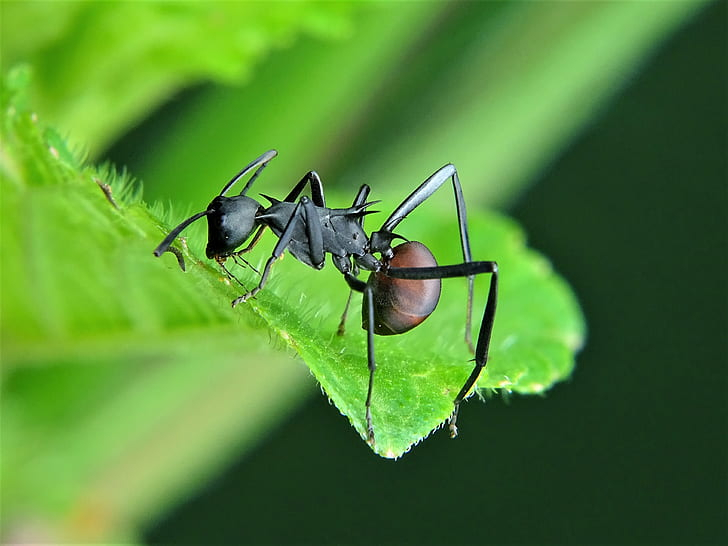When one imagines the picture of a plant being pollinated, it is that of a nectar-thirsty bee flying in bearing pollen from another flower. An ant playing the same role is unheard of. However, scientists from the Edith Cowan University in Australia have discovered a species of plants that have evolved to use ants for their pollination.
A species of shrubs (Conospermum), that grows in the Swan Coastal Plain in Western Australia was found to have adapted to using ants as their pollinators by developing resistance to secretions of the insect that generally damage pollens.
"This is the first plant species in the world found to have adapted pollen traits that enables a mutually beneficial pollination relationship with ants," said Nicola Delnevo, co-author of the study.

Evolved Biochemistry
According to the researchers, ants secrete an antimicrobial fluid that destroys pollen grains. However, a class of plants known as the Smokebush family (Conospermum) that are found in Western Australia has developed an evolutionary trait that has turned the insect that is largely considered a pest, into their chief pollinators.
In order to understand the effect of the antimicrobial secretions of the ants, they tested the secretion from three species of locally found ants on six plants growing in the region of the study. The ants chosen for the experiment were: Iridomyrmex purpureus, a species found across Australia; Camponotus terebrans, found mostly in southern Australia; and Camponotus molossus, native to the Swan Coastal Plain.

The plants used to test the ant secretions on were: Conospermum undulatum, Conospermum stoechadis, Conospermum canaliculatum, Grevillea eriostachya, Grevillea leucopteris and Banksia nivea. Upon further testing, it was gleaned that plants from the Smokebush family had indeed evolved to negate harmful ant secretions.
"We found evidence that Conospermum plants have adapted the biochemistry of their pollen grains to cope with the antimicrobial properties of the ants," said Delnevo.
First True Case of Ant Pollination
Delnevo explained that while there have been 46 documented examples of ant-led pollination across the world, none were close to the real process. "But these have been due to the ants producing less toxic secretions that allow them to pollinate," he illustrated.

Another fascinating aspect of this discovery is that other than the secretions produced by ants, their very nature and characteristics make them unviable candidates for pollination. "So ants have traditionally been considered to be a menace -- nectar thieves whose aggression keeps other potential pollinating insects at bay," expressed Delnevo.
No Reliance On Honeybees
While several wildlife documentaries have taught us that nearly all flowering plants rely on nectar-seeking honeybees for the propagation of their pollens, the anatomy of the flower makes it difficult for bees to play their role efficiently.
"Conospermum plants have unscented tubular flowers that are too narrow for honeybees wriggle inside to pollinate," explained Delnevo. Therefore, the dependence on ants for pollination is a significantly beneficial adaptation in these plants.

These plants have evolved alongside a native bee (Leioproctus conospermi). This bee has grown to be an expert feeder of these flowers. They also help in the pollination process. However, the adaptation of the plants to not rely only on native bees is a vital evolutionary jump, according to Delnevo.
Talking about the ant-flower relationship, he opined: "This relationship is mutually beneficial, but it would be risky in an evolutionary sense for the plant to rely solely on the native bee for pollination."









